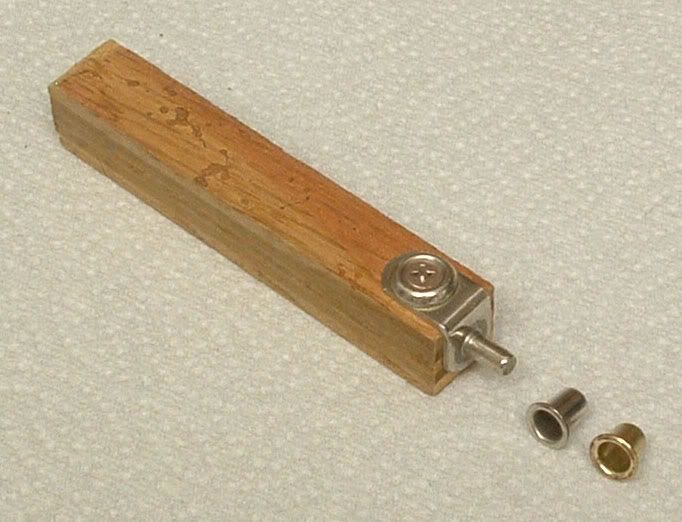Over the years I've built a few cabinets, primarily kitchen-style - for kitchen, laundry, garage storage. I almost always incorporate one or more adjustable shelves. I've done this both with evenly spaced holes and shelf standards. Personally, I don't have much of a preference - neither way is difficult and both ways work, but I'm curious to see if there is a preferred method among others on the site.
Thanks.
This is the first time that I've done a poll, so I might not get it right the first time.
Thanks.
This is the first time that I've done a poll, so I might not get it right the first time.


 twistsol
twistsol

Comment